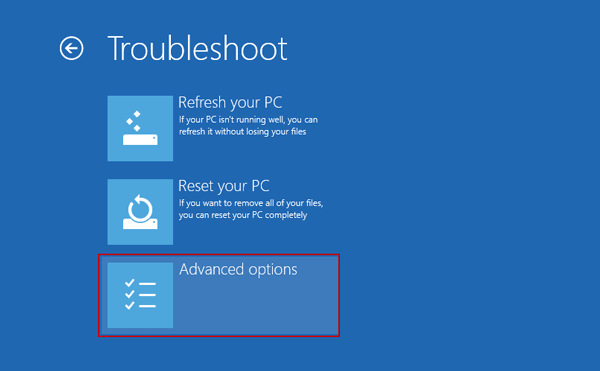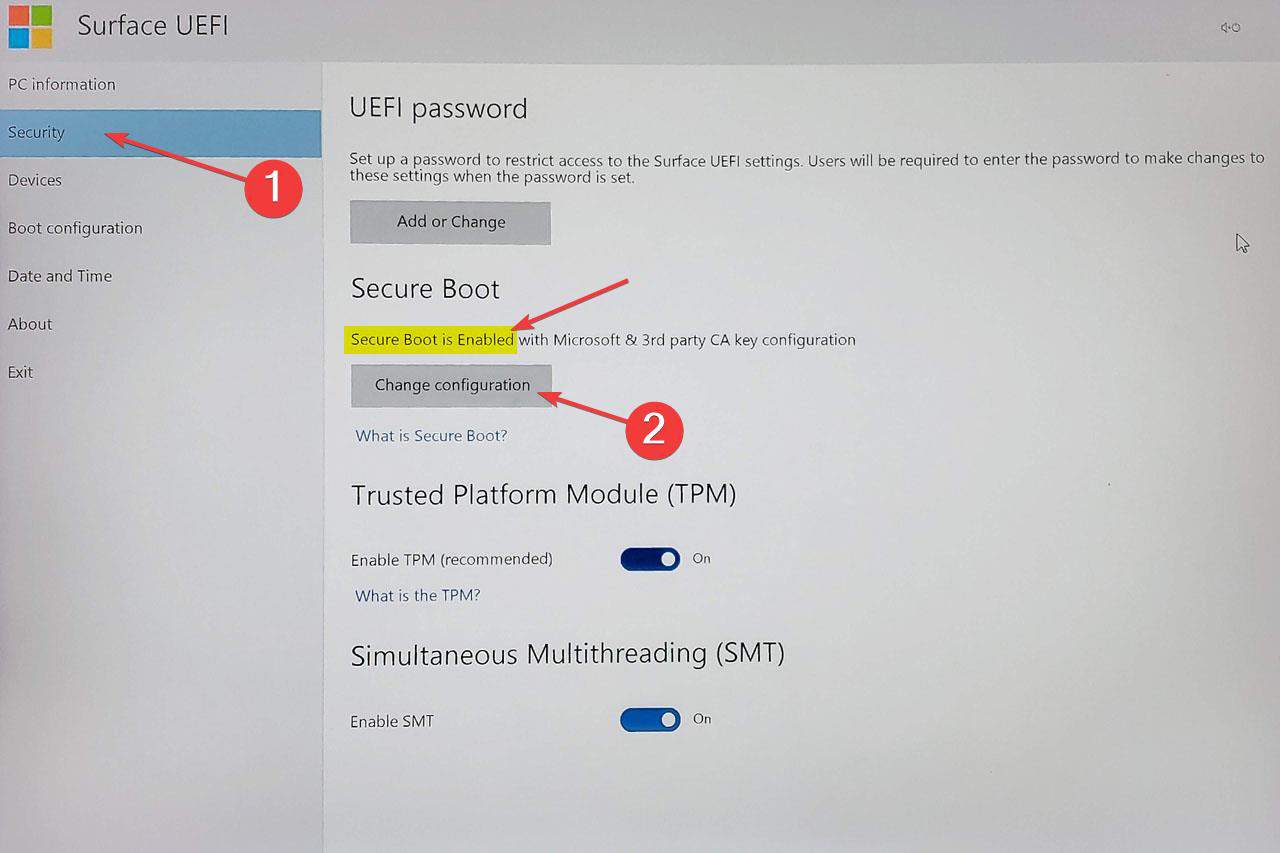
 Use the diskpart command to access the disk partition tool.
Use the diskpart command to access the disk partition tool. 
This will bring up the Command Prompt console.
When the setup opens, press the Shift and F10 keys simultaneously. Insert the Windows installation disk or plug in a USB stick and boot the computer in UEFI mode. If you opt to do this via Command Prompt, follow these steps. There are two ways to go about it – Command Prompt or a third-party app. This will allow you to create partitions bigger than 4GB and you’ll be able to have as many of them as you want. When you enable UEFI mode, you’ll also enable GPT partitioning on your hard drive. The hard drive partition style needs to support this mode or be compatible with it. For example, if you want to install a copy of Windows on your computer, you won’t be able to do it if the system is not in UEFI mode. I’ll discuss the issue in later steps.Before you disable Secure Boot mode on your computer with an ASUS motherboard, you should enable GPT partitions. Some systems don’t let you change the secure boot option without setting an admin password. All you have to do is to access the UEFI firmware settings, go to the Boot option and disbale it.ĭon’t worry. The good thing is that you can easily disable the secure boot. Sometimes, it may also create problems in dual booting with Linux. The downside of secure boot is that if you want to boot from a Linux USB or if you want to use a bootable Windows USB, it won’t allow that. This security feature prevents rootkit malware and provides an additional layer of security. With UEFI comes the feature of “secure boot” which boots only those bootloaders that are signed in to UEFI firmware. Some Mac devices have been using UEFI for a longer time. UEFI is not something that Microsoft invented, instead it is a protocol existing even before Windows 8. 
These days, if you buy a computer pre-installed with Windows, it comes with UEFI boot system.










